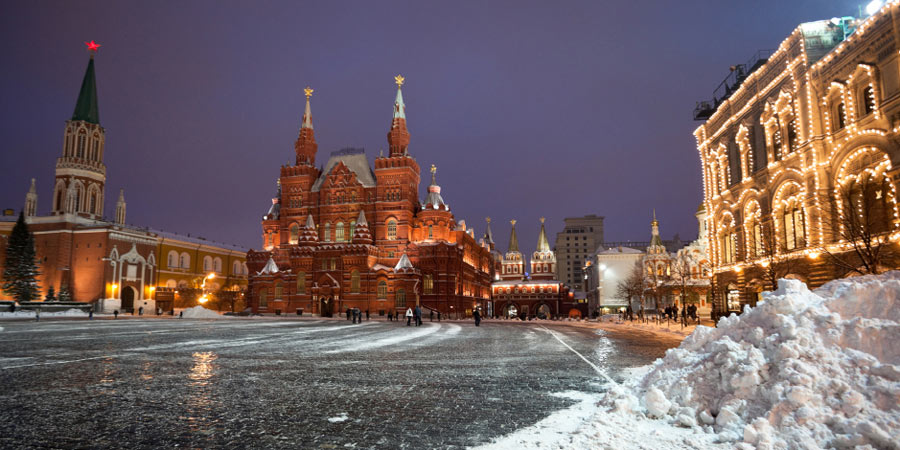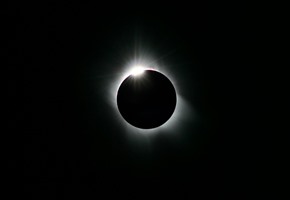With the city of Moscow ransacked and burning, Napoleon begins his long and disastrous return to France. With his men starving, the Russian winds bitter and the ranks of his army continually depleted by Cossack bands and marauding Russian cavalry, Napoleon found that his 1812 invasion of the Motherland had not gone as he would have hoped. Some 22,000 French soldiers survived the march, from a previous force of a quarter million. Back in Moscow, Russian aide-de-camp Prince Andrei Bolkonsky is taken in by the fleeing Rostova family as the city populace look to begin rebuilding. The French invasion of 1812 provides the background to Tolstoy's epic novel War and Peace, heralded by many as perhaps the greatest tale ever committed to page.
The BBC's grand adaptation may have come to a close recently, bringing to an end the lavish sets and breathtaking scale of our Sunday night delves into Russian literature, but the beauty of this great nation can still be experienced first-hand, on your own tour of the locations and destinations that feature in the iconic novel.
The Russian capital of Moscow, Tolstoy's home and the largest city in mainland Europe, is a sprawling mass of squares and streets, modern skyscrapers and historical architecture. The city may be almost aesthetically unrecognizable from the one described in Tolstoy's novel, but its importance and grandeur have not waned at all. The city expands out from the iconic Moscow Kremlin, with the famous kaleidoscopic rooftops of the nearby St Basil's looming over the Red Square below. The Kremlin is the residence of the incumbent Russian President and has a long and tumultuous relationship with world history. The word "Kremlin" translates roughly to "the fortress in the city", and with its many towers and high walls, it is obvious to see why this building is so named. Many new sights and sounds are to be experienced in the city since the time of Tolstoy, from the bustling underground Metro, to the defining Stalinist "Seven Sisters". Much of the more famous architecture that would have been present in the world of Pierre Bezukhov and Company was destroyed at the behest of Soviet leader Joseph Stalin. Stalin had many of the city's beautiful church buildings destroyed in the name of industrial expansion, including the world-famous Kazan Cathedral, which has since been rebuilt in 1993 as an exact replica.
Russia's Baltic port city of Saint Petersburg is the other key location for the narrative of War and Peace, it is the home of the novel's central protagonist, the unseemly misfit Pierre Bezukhov and much of the action takes place here. In the 21st century, St.Petersburg's location has lent itself to becoming the most westernized of Russia's post-Soviet cities. Industrialized this city may be, but the historic centre is still rich in Baroque and neoclassical buildings, some of which have stood since the 18th century. The stunning Peter and Paul Fortress and Peter I's log cabin along the banks of the Neva are some of the highlights of any historical architectural tour of the former Russian capital. Although much of the city was lost during the Siege of Leningrad, which last for over 2 years during World War Two, it has since been reconstructed as a 21st century marvel.
Heralded as one of the greatest costume dramas of recent years by many a seasoned critic, the BBC's adaptation of Tolstoy's timeless novel oozed class, with lavish sets and brash Hollywood-style battle scenes. In many ways, it was a reflection of Russia itself, a mighty and powerful giant hidden behind regal elegance and a gloss of beauty.




